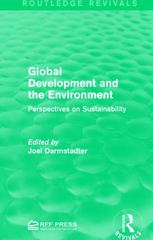Question
Consider the following economy that produces only cloth and food :production of one yard of cloth requires a combination of four work-hours (L) and four
Consider the following economy that produces only cloth and food:production of one yard of cloth requires a combination of four work-hours (L) and four machine-hours (K). The production of one ton of food requires two work-hours along with six machine-hours. Assume that this economy is endowed with 6,000 units of machine-hours along with 4,000 units of work-hours. Also, consider that the price of cloth is $200 per yard and the price of food is $160 per ton.
a.Write down the unit cost of producing one yard of cloth and one ton of food as a function of the price of one machine-hour (r), and one work-hour (w). In a competitive market, those costs will be equal to the prices of cloth and food. Solve for the factor prices r and w. [8points]
b.What happens to those factor prices when the price of cloth rises to $240/yard? Who gains and who loses from this change in the price of cloth? Why? Are these changes consistent with theStolper-Samuelson Theorem?[8points]
c.Now assume that the economy's supply of machine-hours increases from 6,000 to8,000. Derive the new production possibility frontier.[3points]
d.How much cloth and food will the economy produce after this increase in itscapital supply?Are these changes consistent with theRybczynski theorem? [4+2=6points]
Step by Step Solution
There are 3 Steps involved in it
Step: 1

Get Instant Access to Expert-Tailored Solutions
See step-by-step solutions with expert insights and AI powered tools for academic success
Step: 2

Step: 3

Ace Your Homework with AI
Get the answers you need in no time with our AI-driven, step-by-step assistance
Get Started


